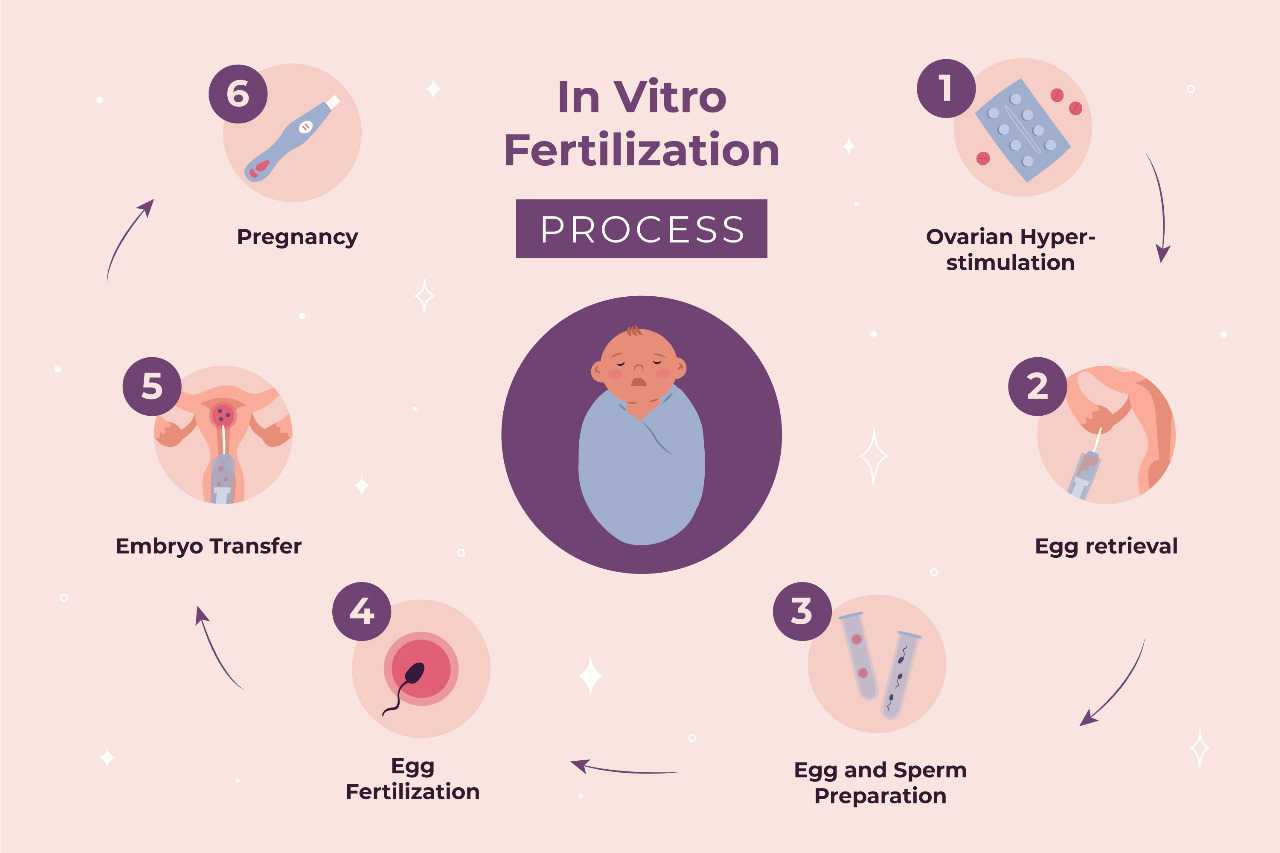
Ovarian Failure: Symptoms, Causes, and Treatment
A condition when menstruation ends before the age of 40 and the ovaries stop functioning. This may result in menopausal symptoms and issues with fertility. Primary and secondary ovarian failures are the two forms of the condition.
When the ovaries stop functioning normally before the age of forty, it is known as primary ovarian insufficiency. When this occurs, the ovaries stop producing eggs on a regular basis and stop producing the normal levels of the hormone estrogen. Infertility is a common outcome of the condition. The ovaries in secondary ovarian failure are functioning normally; nevertheless, there is an issue with the brain's hormone messages reaching them. Diseases of the pituitary gland or hypothalamus are often the cause of this.
Symptoms of Ovarian Failure
Primary ovarian insufficiency presents with symptoms similar to low estrogen or menopause. Among them are:
What physical effects can primary ovarian insufficiency cause?
Low estrogen levels are brought on by primary ovarian insufficiency. Similar to menopause, decreasing estrogen can cause adverse effects including mood swings, diminished sex desire, and hot flashes. It also raises your chance of developing heart disease, osteoporosis, and other illnesses. Infertility is a common symptom of primary ovarian insufficiency.
What causes primary ovarian insufficiency?
Diagnosis
Diagnosis involves:
Treatment
Conclusion
There is no known cure to increase fertility. However, some individuals with primary ovarian insufficiency and their spouses attempt in vitro fertilization as a means of conception. The process entails taking the donor's eggs and fertilizing them with sperm. Next, an embryo—a fertilised egg—is inserted into the uterus.

